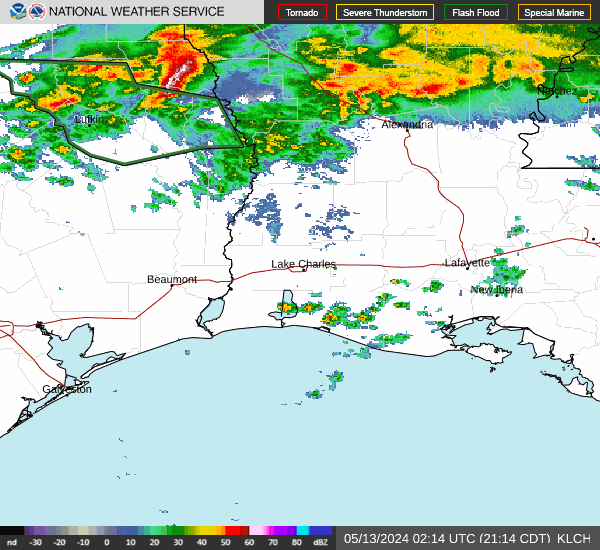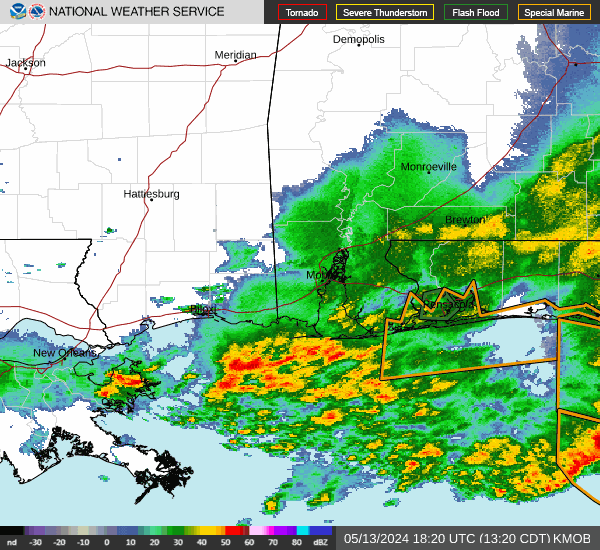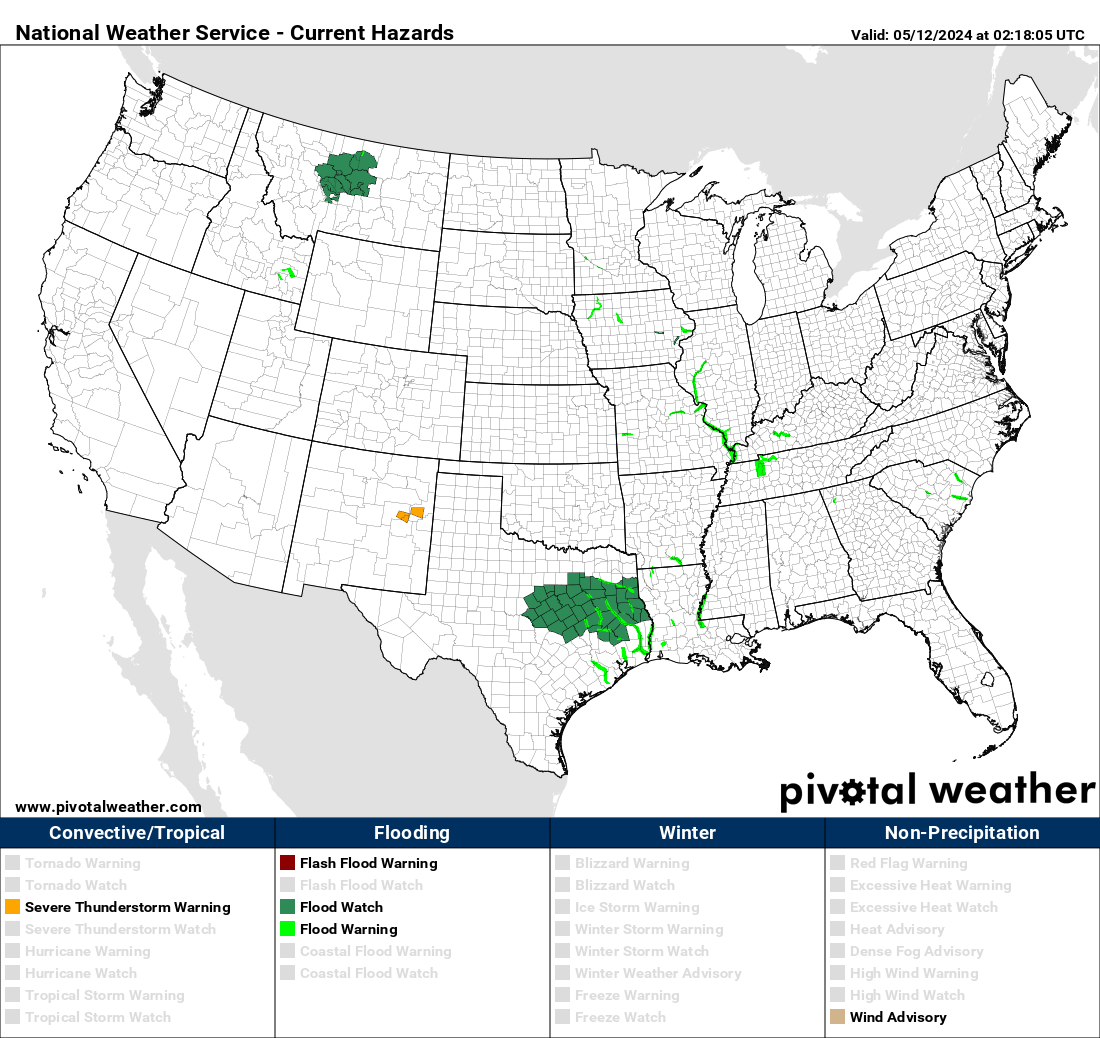Post by jgumm on Aug 27, 2008 5:12:19 GMT -6
I just wanted to write a quick note on what I’m seeing with Gustav this morning. I’m in the middle of a 4 hour broadcast, so time is short..
First, we don’t know where this thing is going to go. It’s way too early. However, based on the data I am looking at NOW, the highest threat appears to run from Boothville/Venice to Galveston Bay. That highest threat area could certainly change. Realistically, the entire Gulf coast is threatened. So, do as others here have mentioned and start thinking about your plan IF it comes your way. We hope this doesn’t happen, and it certainly may not. God knows the paths of these storms this far out can be off by hundreds of miles.
There are still many questions with Gustav. How much land interaction will take place with Cuba? If it manages to get up over land and slow down, that throws the path off all together. The reason? It throws timing and strength off which determine where it will head.
The main thing we watch is the midlevel ridge which builds over the Gulf Coast. The global models are showing the western edge of this ridge eroding next week which would allow for a window of opportunity for Gustav to gain latitude toward Louisiana or Texas. Will Gustav hit this window? Hard to say. Like I mentioned, if the storm encounters more land than expected it could slow down and that throws all the timing out of whack and can alter the track quite a bit. Past model runs had the ridge holding strong, thus keeping Gustav on a more westerly track.
Even if this storm doesn’t make landfall in SE LA, it could be a close call. Make sure you have things in order just in case, monitor things closely, and be ready to go if need be. Even though the models are much better than a few years ago, the 5 day forecast can still be off by quite a bit.
Oh, and there was discussion with Bob’s VIPIR (BAMS) model from Baron Services. It can be good close in and sometimes does well. But you can’t put all your eggs in one basket. That’s why model consensus is the way to go instead of looking at just one.
I’ll come back when time allows and give my thoughts.
UPDATE: Just another thought. Looking at a pure analysis of the situation now and throwing the models out, I would still tend to expect a track to the left of the guidance envelope. However, the tropical/hurricane models are still east of where I would expect a track. I do hope they are wrong.
John
First, we don’t know where this thing is going to go. It’s way too early. However, based on the data I am looking at NOW, the highest threat appears to run from Boothville/Venice to Galveston Bay. That highest threat area could certainly change. Realistically, the entire Gulf coast is threatened. So, do as others here have mentioned and start thinking about your plan IF it comes your way. We hope this doesn’t happen, and it certainly may not. God knows the paths of these storms this far out can be off by hundreds of miles.
There are still many questions with Gustav. How much land interaction will take place with Cuba? If it manages to get up over land and slow down, that throws the path off all together. The reason? It throws timing and strength off which determine where it will head.
The main thing we watch is the midlevel ridge which builds over the Gulf Coast. The global models are showing the western edge of this ridge eroding next week which would allow for a window of opportunity for Gustav to gain latitude toward Louisiana or Texas. Will Gustav hit this window? Hard to say. Like I mentioned, if the storm encounters more land than expected it could slow down and that throws all the timing out of whack and can alter the track quite a bit. Past model runs had the ridge holding strong, thus keeping Gustav on a more westerly track.
Even if this storm doesn’t make landfall in SE LA, it could be a close call. Make sure you have things in order just in case, monitor things closely, and be ready to go if need be. Even though the models are much better than a few years ago, the 5 day forecast can still be off by quite a bit.
Oh, and there was discussion with Bob’s VIPIR (BAMS) model from Baron Services. It can be good close in and sometimes does well. But you can’t put all your eggs in one basket. That’s why model consensus is the way to go instead of looking at just one.
I’ll come back when time allows and give my thoughts.
UPDATE: Just another thought. Looking at a pure analysis of the situation now and throwing the models out, I would still tend to expect a track to the left of the guidance envelope. However, the tropical/hurricane models are still east of where I would expect a track. I do hope they are wrong.
John
















